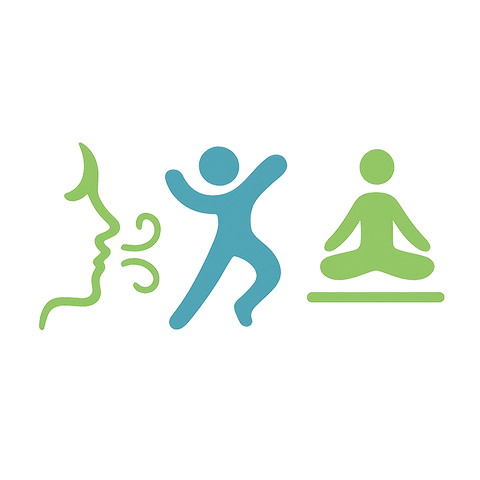Understanding Postural Strength and Its Importance
In the journey of building strength, many focus primarily on muscle size and power, often overlooking the critical role that postural strength plays in overall fitness and health. Postural strength is the foundation that supports every movement we make, enabling us to maintain alignment, prevent injury, and improve endurance during physical activity. Whether you’re lifting weights, running, or just going about daily life, a strong posture ensures your body works efficiently and effectively.
Fitness and Postural Strength: The Connection
Good postural fitness is not just about standing tall; it directly influences how your body performs during various activities. When your muscles, ligaments, and joints are aligned properly, you experience less fatigue and tension. This alignment reduces the risk of chronic conditions such as back pain, neck strain, and even headaches, which often stem from poor posture.
Integrating postural training into your fitness routine enhances balance, coordination, and muscle endurance. It improves your body’s ability to handle physical stress, whether from exercise or everyday movements, allowing for greater overall strength and resilience.
Training Techniques for Enhancing Postural Strength
Effective training for postural strength involves targeted exercises that strengthen the core, back, shoulders, and hip muscles. Some key strategies include:
- Core Activation: Planks, bridges, and abdominal bracing exercises engage the deep core muscles that support the spine.
- Back Strengthening: Rows, reverse flys, and superman exercises reinforce the upper and lower back, improving spinal alignment.
- Shoulder Stability: Scapular push-ups and external rotations promote healthy shoulder positioning, essential for good posture.
- Hip Mobility and Strength: Lunges, clamshells, and hip bridges support pelvic alignment, which is vital for an upright posture.
Consistency is essential. Incorporating these exercises into your routine three to four times a week can lead to significant improvements in postural strength and overall function.
The Role of Activity and Lifestyle Choices
Beyond structured workouts, your daily activity levels and lifestyle habits have a powerful impact on postural health. Prolonged sitting, poor ergonomics, and inactivity often contribute to weakened postural muscles and misalignment. Combat this by:
- Taking frequent breaks to stand and stretch during long periods of sitting.
- Adjusting your workspace to promote ergonomic sitting positions with proper back support.
- Engaging in regular low-impact activities like walking, swimming, or yoga to maintain mobility and muscle balance.
- Practicing mindfulness about posture — maintaining awareness of how you sit, stand, and move throughout the day.
Health Benefits of Strong Postural Alignment
Improving postural strength is not just a fitness goal; it’s a vital aspect of long-term health. Strong posture supports:
- Spinal Health: Reducing wear and tear on vertebrae and discs.
- Respiratory Efficiency: Enhancing lung capacity by opening the chest.
- Digestive Health: Preventing compression of abdominal organs.
- Circulatory Function: Promoting better blood flow and reducing swelling.
- Mental Well-being: Boosting confidence, reducing tension, and improving focus through better bodily awareness.
When you focus on building postural strength through fitness, training, health-conscious activities, and lifestyle adjustments, you nurture a body that is not only stronger but also more resilient and balanced. This holistic approach empowers you to move freely, live comfortably, and enjoy an active life with greater ease.




